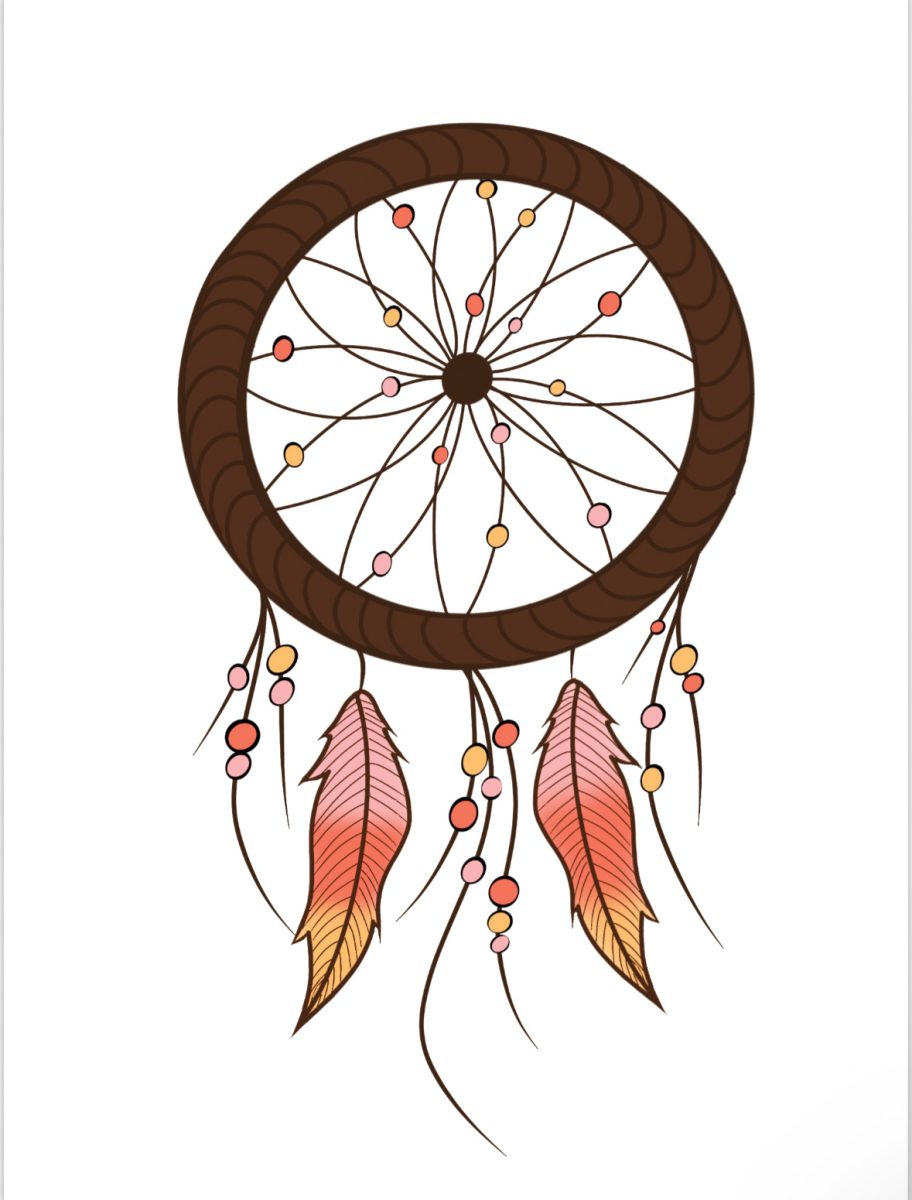Autumn, a time mostly spent thinking about the leaves changing colors on the oak trees around one’s neighborhood, the new fall flavors at local coffee shops, and holidays to celebrate like Thanksgiving and Halloween. There is one important holiday that is majorly overlooked, though, Indigenous Peoples’ Day, previously celebrated by many as Columbus Day. This holiday is one that holds a lot of importance, especially to people of Native American heritage. One of the most vital aspects of this holiday is the history behind the name change from Columbus Day to Indigenous Peoples’ Day.
So what exactly is this holiday all about? Indigenous Peoples’ Day is a holiday in the United States that celebrates America’s indigenous peoples and honors their cultures and history. According to the University of California, Los Angeles, “Generally, Indigenous refers to those peoples with pre-existing sovereignty who were living together as a community prior to contact with settler populations, most often – though not exclusively – Europeans… Indigenous Peoples refers to a group of indigenous peoples with a shared national identity, such as ‘Navajo’ or ‘Sami’” (equity.ucla.edu). According to The New York Times, the holiday is celebrated across the United States on the second Monday of October, and is an official city and state holiday in various locations, but is not considered a federal holiday (nytimes.com).
According to a website that explores college life, the celebration can take many forms. The website said, “Celebrating Indigenous Peoples’ Day can include singing, dancing, and eating traditional foods in honor of individual sovereign nations. Center and uplift the traditions and customs of Indigenous people as you celebrate Indigenous Peoples’ Day.” There is also information on how to respectfully celebrate this day as someone who is not an Indigenous American. They explain that one should learn more about the day and ask questions about how to participate mindfully (bestcolleges.com).
According to the University of Pennsylvania, this holiday is an extremely significant celebration, because it was made “to counteract anti-Indigenous discrimination” which, at the time of the holiday’s inception, was a hot topic due to Christopher Columbus’ mistreatment of indigenous people being widespread in media (universitylife.upenn.edu).
Previously, “Columbus Day” was celebrated on this date, due to Christopher Columbus being considered a national hero for his “discovery” of the Americas, but this came to an end in 2019. According to CNN, Columbus Day changed when the history behind Columbus’ mistreatment towards Indigenous people was spread through the media, and it did not seem fitting, therefore, to have a holiday honoring someone so corrupt. It seemed more fitting to instead honor the indigenous people of the Americas on this day (cnn.com). According to USA Today, Indigenous Peoples’ Day is not a federal holiday but some lawmakers are in the process of trying to change this (usatoday.com).
Ethics Studies Liaison Government Teacher Daniel Camacho said, “I feel that having this day changed recently is a step in the right direction. It’s not about rewriting history, but acknowledging the past and moving forward.”
This holiday is especially important to UC High now that the school’s Equity Team has established a land acknowledgement for the school. As most students have heard from teachers at the beginning of the school year, the land where UC High is located was the previous homeland and traditional territory of the Kumeyaay people. UC High has officially acknowledged “the original caretakers of this land” on posters in every classroom.
According to the Boys and Girls Clubs of America, “Indigenous Peoples’ Day recognizes the strength and resilience of Indigenous communities since European ships first arrived in North America in 1492. It’s also a time to celebrate the cultures, traditions, and contributions of Native people in the US today” (bgca.org).
A symbol that is commonly associated with indigenous people is the dream catcher, which is a handmade item with hanging hoops and woven net or web. They are decorated with sacred items such as certain feathers or beads. They are meant to protect those who are sleeping, specifically children, from nightmares, bad dreams, and evil spirits, and symbolize oneness and express Indigenous identity. These may appear as cool and cultural decorations, but according to The Indigenous Foundation, “There are mixed perspectives on the commercialization of dreamcatchers, where it is either condemned for misappropriating the spiritual significance of the dreamcatchers, to Indigenous people taking advantage of the circumstance and partaking in the production and selling…when non-Native people make and sell dreamcatchers it is in fact cultural appropriation however, when Indigenous people choose to make and sell dreamcatchers as they always have, it is not” (theindigenousfoundation.org).
Indigenous Peoples’ Day is vital to celebrate in order to spread awareness about the history of indigenous people in America. Educating oneself on this holiday and how it was created not only spreads recognition, but honors indigenous individuals and communities that have been mistreated in the past.

